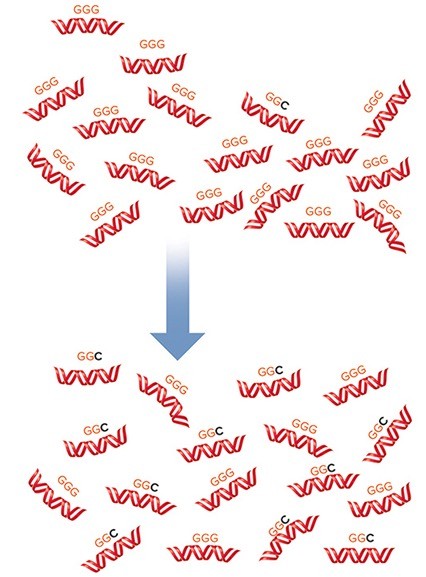The essence of meiosis is that
a. gametes are formed that receive one copy of each member of each pair of homologous
chromosomes.
b. gametes are formed that are diploid.
c. each gamete receives one member of each pair of homologous chromosomes.
d. gametes are formed that are haploid.
e. each gamete receives one member of each pair of homologous chromosomes, and gametes
are formed that are haploid.
E
You might also like to view...
The second meiotic division of meiosis is important because
a. it returns the chromosome number to diploid before fertilization. b. it allows for crossing over and random distribution of chromosomes. c. it reduces cell size by dividing the cytoplasm in half. d. without this division, chromosome copies would double at each fertilization. e. fertilization requires this step.
Animals that swim about freely are
A. plankton. B. benthic. C. nekton. D. zooplankton.
During treatment of water to make it potable, about 90% of the microbes are removed
A) by preliminary fermentation. B) in the sedimentation step. C) by treatment with biosensors. D) by treatment with chlorine or ozone. E) in the filtration step.
GGG and GGC are codons for the amino acid, glycine. A mutation caused the insertion of a cytosine in place of the guanine during DNA replication. Over many generations the DNA changes so that the frequency of GGC is similar to that of GGG. What is this phenomenon called? 
A. directional selection B. stabilizing selection C. neutral variation D. adaptive variation E. bottleneck effect